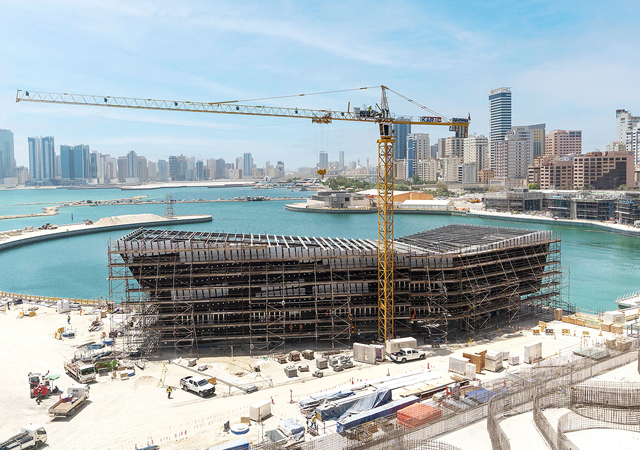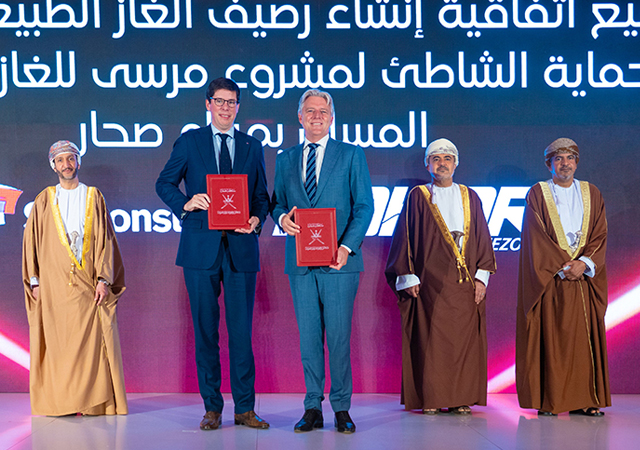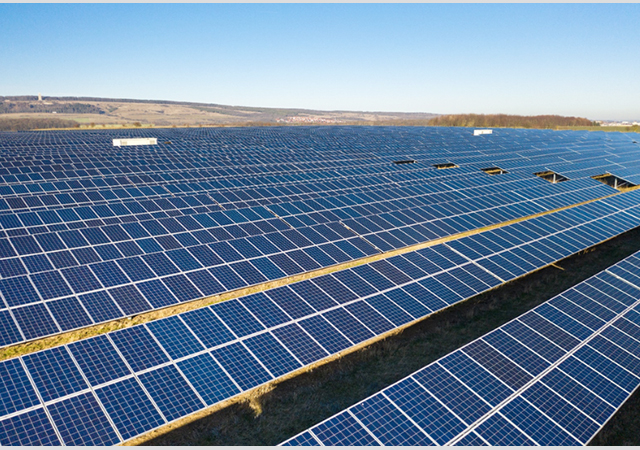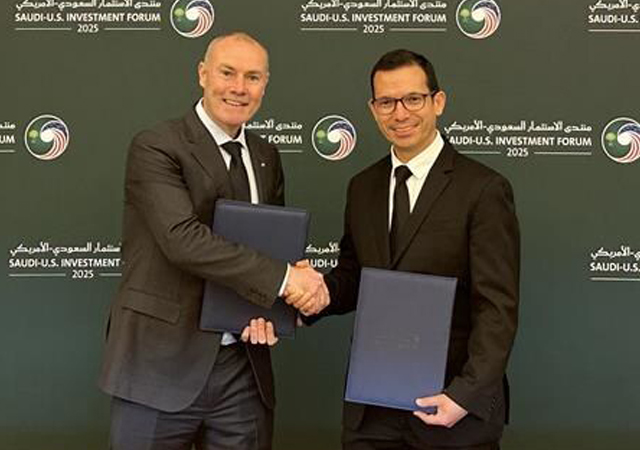
Simple, easy-to-use computer software, written by Svedala Dynapac's International High Comp Centre (IHCC) at Karlskrona in Sweden, for making an optimum selection of Svedala Dynapac rollers and pavers and accurately predicating their performance to meet a wide variety of specifications on different contracts, is arguably one of the compaction and paving industry's most important developments in the past decade.
Key data are simply entered into one of two unique sophisticated programs: CompBase (for soils) or Pave Comp (for asphalts), which automatically recommends the most suitable Svedala Dynapac machine, or combinations of machines, and how best to use them to complete a project in the most efficient and economical manner. Various permutations of machines and performance parameters can be quickly assessed and evaluated to optimise selection, including checking the suitability of a contractor's existing Svedala Dynapac compaction and paving equipment.
CompBase was the first software program produced by the IHCC as a professional predication tool to optimise roller selection and achieve the specified compaction and density for base course and sub-base soils, including silts, sands, clays, gravels and rockfill. The program has an extensive database and Svedala Dynapac salesmen, in conjunction with its customers, use simple on-screen menus on their laptop computers to initially select the type of material to be compacted and specify a contract's required Proctor or modified Proctor maximum dry density at the optimum moisture content.
In addition, the preferred type and model of roller or vibrating plate is keyed in together with the volume of material to be compacted to the specified density and the time and weekly working hours available for the
sImple, easy-to-use computer software, written by Svedala Dynapac's International High Comp Centre (IHCC) at Karlskrona in Sweden, for making an optimum selection of Svedala Dynapac rollers and pavers and accurately predicating their performance to meet a wide variety of specifications on different contracts, is arguably one of the compaction and paving industry's most important developments in the past decade.
Key data are simply entered into one of two unique sophisticated programs: CompBase (for soils) or Pave Comp (for asphalts), which automatically recommends the most suitable Svedala Dynapac machine, or combinations of machines, and how best to use them to complete a project in the most efficient and economical manner. Various permutations of machines and performance parameters can be quickly assessed and evaluated to optimise selection, including checking the suitability of a contractor's existing Svedala Dynapac compaction and paving equipment.
CompBase was the first software program produced by the IHCC as a professional predication tool to optimise roller selection and achieve the specified compaction and density for base course and sub-base soils, including silts, sands, clays, gravels and rockfill. The program has an extensive database and Svedala Dynapac salesmen, in conjunction with its customers, use simple on-screen menus on their laptop computers to initially select the type of material to be compacted and specify a contract's required Proctor or modified Proctor maximum dry density at the optimum moisture content.
In addition, the preferred type and model of roller or vibrating plate is keyed in together with the volume of material to be compacted to the specified density and the time and weekly working hours available for the compaction process. CompBase then rapidly calculates the chosen machine's compaction capacity in cu m/h, the area covered in sq m/h and the time and number of units needed, together with the number of passes and layer thickness.
The relevant parameters can be quickly altered to provide instantaneous comparisons of performance of different machines to enable Svedala Dynapac and customers to make the most efficient choice. This enables customers to input details and check the suitability and performance of their existing Svedala Dynapac machines. In addition, the software provides detailed bar charts and graphs showing compaction depth and average degrees of compaction for Proctor or modified Proctor dry density against varying number of passes for each chosen machine on a specified material. The comprehensive database also contains standard gradation graphs of particle size of each material together with the specification details of every current Svedala Dynapac compactor and machine no longer in production. All chosen options can be stored or printed for future reference.
PaveComp performs a similar task for asphalts, but is more sophisticated and complex catering for a much greater number of variable and changeable parameters. PaveComp, as its name suggests, is effectively two separate but compatible, interactive sub-programs. The software provides and recommends contractors with the most economical and optimum choice of pavers, screeds and rollers and their combinations for different asphalt mixes, production rates and ambient and mix temperatures, together with various other different parameters, to achieve a contract's specific requirements. The Pave part of the program covers asphalt pavers and screeds, while compaction is catered for by the Comp program. Each can be used independently, with data being able to be copied from one to the other to provide the optimum and most suitable and compatible team of pavers, screeds and rollers to suit the job.
To determine the most suitable paver and screed, the relevant parameters are keyed in to the Pave part of the program. These include type of mixture and foundation, laying capacity, thickness of the paving and compacted layer, paving width and density. The program assesses the data and automatically provides a list of suitable types and models of paving screeds. These are highlighted in green, indicating it is suitable, yellow which is borderline and red unsuitable. Similarly, a selection of wheeled and tracked tractor units are displayed to watch with the selected screed. The programme instantly computes the minimum and maximum paving speed. Different screeds and tractor units can be quickly changed to compare and determine the most appropriate matching combination.
Selecting the matching compaction equipment is equally simple. Parameters common to both paving and compaction are copied from the Pave to the Comp section. The common data are supplemented with additional information, including bitumen penetration, binder modification, particle size, wind speed, air and base temperatures and maximum and minimum compaction temperatures. Machine type and model are selected from an 'approved' list and the software instantly and automatically displays the required number of rollers, passes, frequency and amplitude settings, laying length, overlaps, rolling speed and cooling time which is also the time allowed for compaction.
Again, different rollers, including a contractor's own equipment can be quickly selected and compared to choose the best option. All data can be printed and a detailed graphic display and specification of the entire paver, screed and roller combination is provided.
PaveComp will prove invaluable to contractors and site engineers using Svedala Dynapac equipment. The possible effects of any changes to on-site conditions - such as wind speed and air and base temperatures, which could alter the cooling and compaction time during the critical temperature-sensitive paving and rolling process - can be rapidly and accurately assessed by PaveComp. If necessary, the paving and rolling operation can be quickly and easily adjusted to match the computer program's revised recommendations.
The innovative software provides users with a significant time and cost savings advantage by considerably simplifying paver and roller selection. The computer programs, which have taken Svedala Dynapac many years to develop is a clear indication of the leading manufacturer's continuing commitment to stay at the forefront of compaction and asphalt paving technology.
CompBase and PaveComp are not based on any empirical mathematical formulae but on actual real-life data collected from thousands of controlled laboratory tests and actual contracts from all over the world. The programs are continually updated as new machines and asphalts, such as the new special performance graded rutting and temperature and fatigue cracking-resistant Superpave mixes, recently developed in the US, are produced to cater for different markets, applications and requirements.
At the IHCC, Svedala Dynapac has combined data collected from its vast world-wide practical compaction and paving experience, gained over the past 60 years, with more extensive and exceptionally detailed in-depth research under controlled laboratory conditions. This research, conducted over the past 10 years, has involved thousands of tests to analyse and optimise the performance of its rollers on different types of soils and asphalt mixes, as well as pavers and screeds on asphalt, to produce what the company calls its "bank of experience". It is from this unique, comprehensive and religiously compiled database, that Svedala Dynapac has produced CompBase and PaveComp.
The company is believed to be the only compaction and asphalt equipment manufacturer able to provide such detailed performance statistics for its customers' machines on different materials.
The software is also used as a powerful and invaluable aid for the research and development of new products at IHCC. For example it played a major and contributory role in the development of the CC222, the first of a new breed of dual-frequency and dual-amplitude, fully-hydrostatic tandem vibratory rollers, which are ideally suited to cater for the latest stone mastic asphalt thin surfacing. The software is currently being employed on the development of the next generation of rollers and asphalt payers.
Svedala Dynapac will continually update the CompBase PaveComp software, which is to be distributed to all Dynapac salesmen. To prevent copying and unauthorised use, the software will be covered and activated by strict security codes, which are only available from the IHCC.










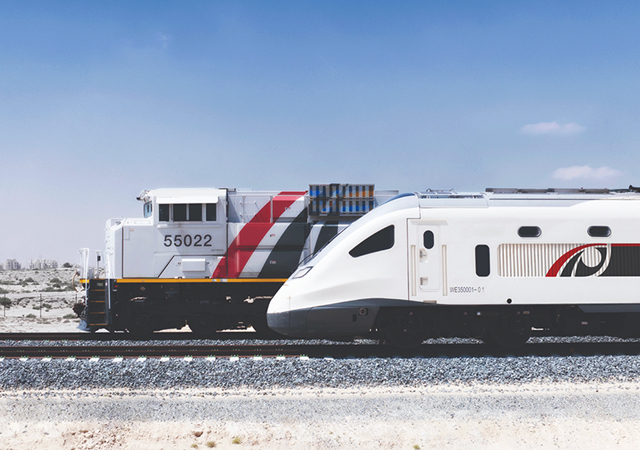
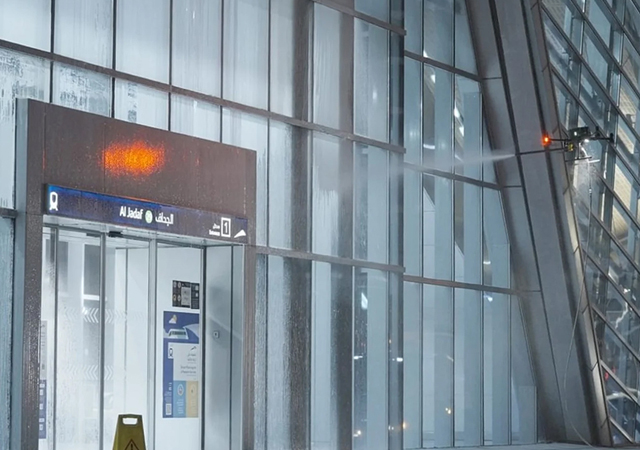
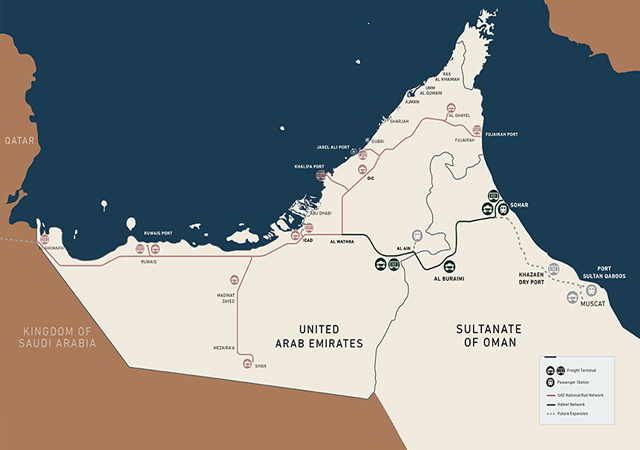
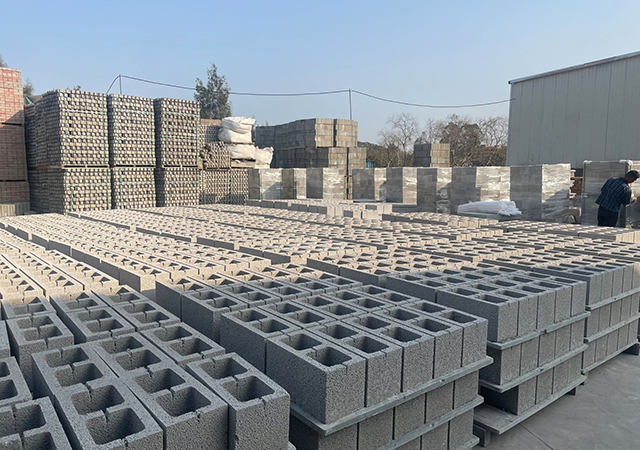


.jpg)
.jpg)
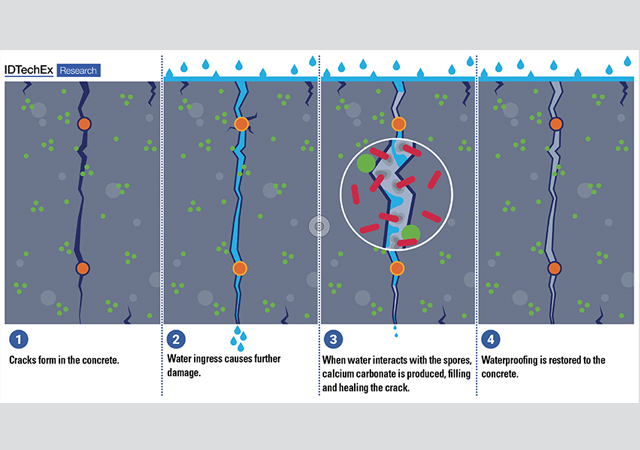
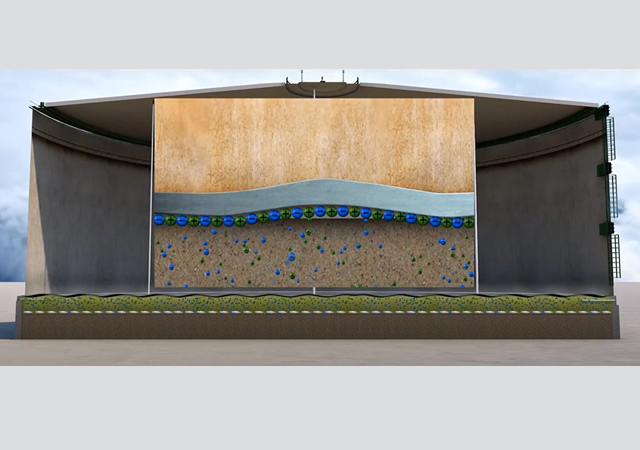
.jpg)
.jpg)
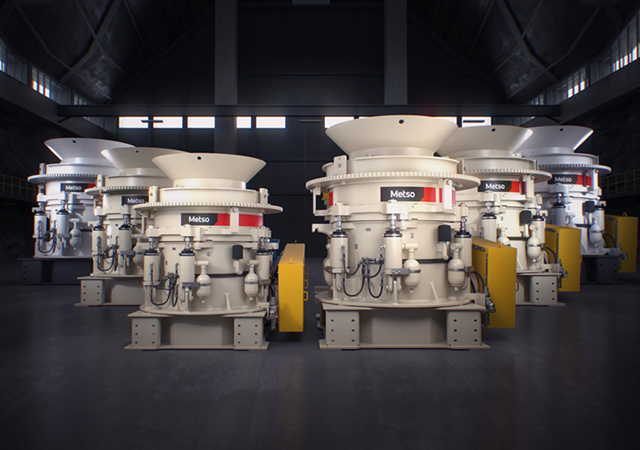
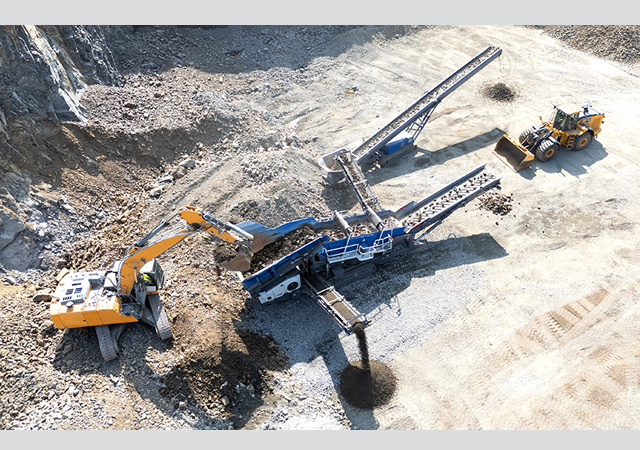
.jpg)
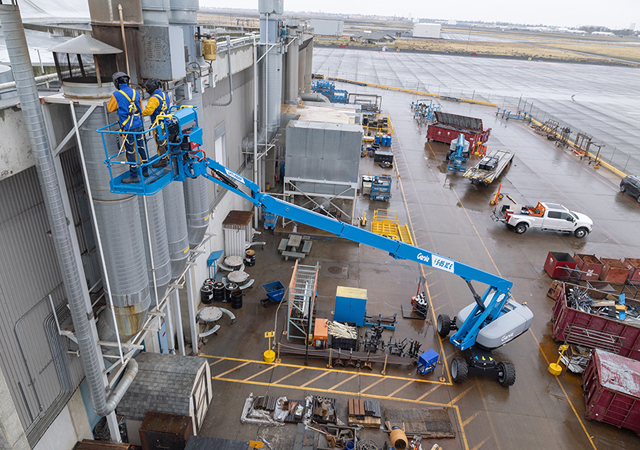

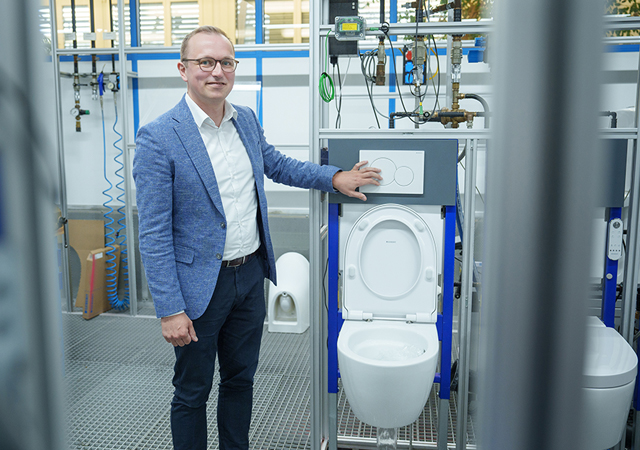

 Doka.jpg)



